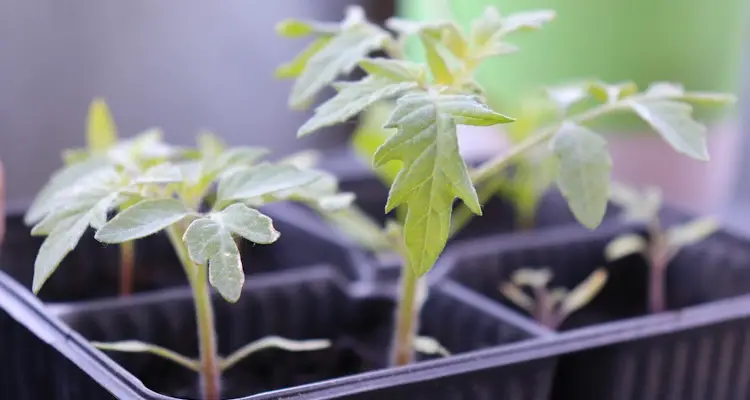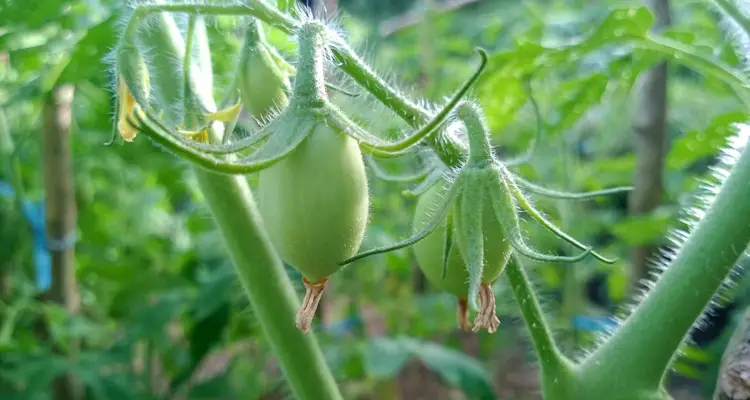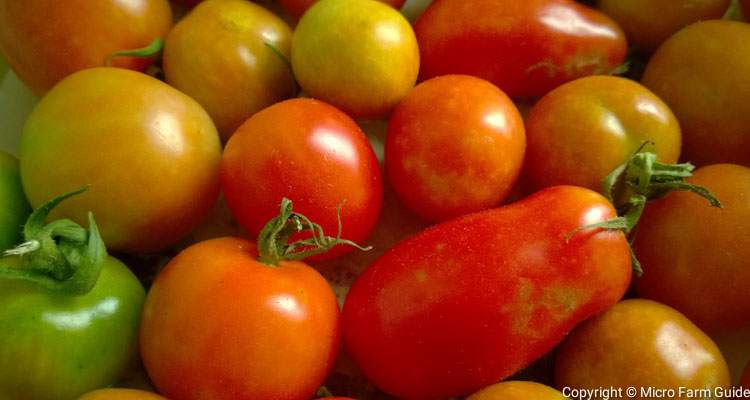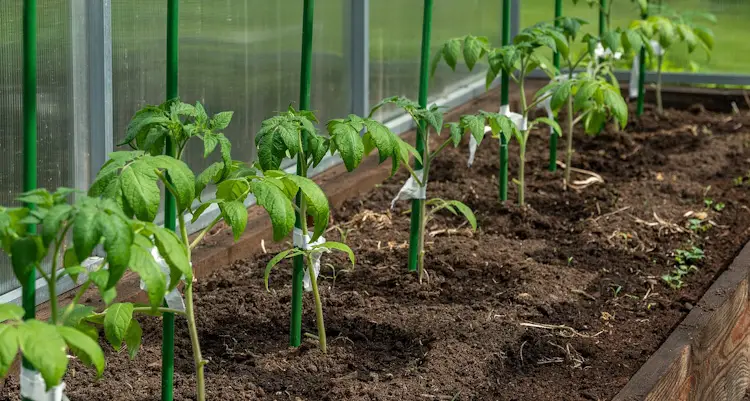Tomato plants are extremely sensitive to cold weather, to such an extent that gardeners often report losing entire fields due to unexpected cold spells.
Generally, tomato plants require a minimum of three months of warm weather to ensure a bountiful harvest. As a result, it is best to sow your tomato seeds in the spring for them to be ready to transplant as the summer approaches.
In temperate regions, some gardeners sow their tomato seeds indoors to get a head start on the planting season, transplanting outside when the weather warms up.

While some regions are not affected by frost, you must consider other factors such as weather patterns and the length of time the particular variety is expected to be in the ground.
With this in mind, let’s take a look at 4 factors that can help you determine when to plant tomatoes in your area.
4 Factors That Affect When To Plant Tomatoes
There are several factors to consider when planting your tomatoes. These include, but are not limited to, temperature, variety, and the time the particular tomatoes will need to grow.
In most cases, some of this information is printed on the seed’s packaging. Nevertheless, here are a few things to think about:
1. Temperature
As mentioned before, Tomatoes are incredibly susceptible to cold temperatures. As a result, you should ensure that the temperature at night is above 55°F before transplanting.
If temperatures are still low at the beginning of the planting season, you should consider sowing seeds indoors. Then moving the seedlings outdoors during the hottest hours of the day to get them accustomed to the environment.

Before transplanting, you must also ensure that the soil’s temperature is at least 60°F. You may need to use a soil thermometer if you are uncertain.
If this is unavailable, you can also get an idea of the soil’s temperature by inserting your finger about 2 inches into it. If you can’t stand keeping it inside for longer than a minute, it’s too cold for your plants to grow.
Of course, we recommend a soil thermometer, which is a lot more accurate and can be purchased at your local agriculture shop or online.
2. Location
Some warmer regions have several growing seasons throughout the year.
For example, many parts of California have two planting seasons, one that starts around October and one that begins in the first months of the new year, while you can plant tropical regions all year round.
In some instances, you can refer to the hardiness zone map for your country to get an idea of the average growing seasons for your area.
3. The Sun’s Radiation
Tomatoes prefer bright sunlight and require a minimum of six hours of light daily to thrive.
People living in areas where the sun is not usually seen during spring are better off planting their seedlings indoors if they have access to bright growth lights.
Otherwise, it would be best to wait a bit longer for extended daylight periods to have a better chance of growing healthy, productive plants.
4. Tomato Varieties
You must take your time to research the type of tomatoes you want to grow since some varieties may have unique requirements.
For instance, determinate varieties are relatively small and produce tomatoes within a couple of weeks, then the plant starts to deteriorate.

Whereas indeterminate tomatoes can keep on producing fruit throughout an entire growing season.
Regardless of your selection, you will also have to be mindful of pests such as worms, which may have preferences in both variety and time of year.
When To Plant Tomatoes In Greenhouses
In less than favorable climates, you can extend a growing season or create the ideal conditions by cultivating tomatoes in greenhouses.
These systems allow us to adjust the temperature, humidity, and light. However, very little can be done when the external light is limited.

As a result, you can plant tomatoes in greenhouses anytime during the year, provided they are designed to operate within the given climate.
Final Thoughts
Tomatoes typically need around 70-90 days to reach maturity. Yet still, this depends on the variety of the tomato and the location where you intend to cultivate them.
The best time to plant your tomatoes is during springtime, especially in the early months when the last winter frosts have passed, and the soil has warmed up sufficiently.
This will allow your tomato plant to flourish and bear lots of fruit just in time for those hot summer days when you will be craving those juicy tomatoes.
References
The University Of Arizona. Growing Tomatoes. extension.arizona.edu. Accessed December 2022
USDA. USDA Plant Hardiness Zone Map. planthardiness.ars.usda.gov. Accessed December 2022
